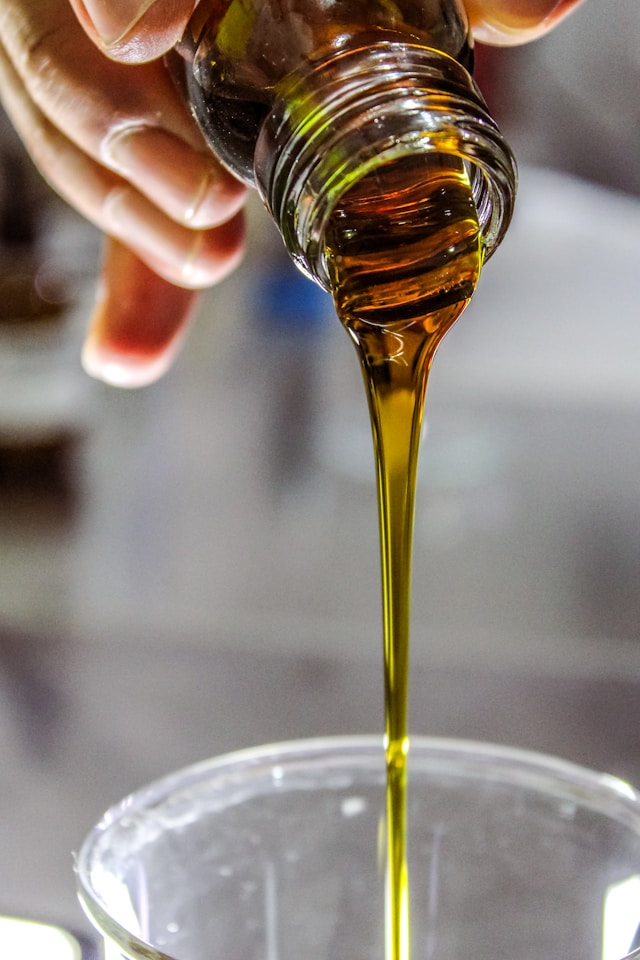
Title: Understanding the Difference Between Plant Oils and Essential Oils in Cosmetic Formulation
When you first begin formulating natural skincare products, one of the most common confusions is between plant oils (carrier oils) and essential oils. While both come from plants and offer wonderful benefits for the skin, they are fundamentally different in composition, function, and how they should be used.
Let’s break it down clearly so you can avoid formulation mistakes and create safe, effective cosmetics.
Plant oils are fatty oils obtained by cold-pressing or extraction from nuts, seeds, or fruits. They are rich in nutrients and serve as a base in cosmetic formulations.
Examples of popular plant oils:
| Common Name | INCI Name | Skin Benefits |
|---|---|---|
| Jojoba Oil | Simmondsia Chinensis Seed Oil | Balances sebum, lightweight, non-comedogenic |
| Sweet Almond Oil | Prunus Amygdalus Dulcis Oil | Soothing, rich in vitamin E |
| Argan Oil | Argania Spinosa Kernel Oil | Regenerating, nourishing, anti-aging |
| Rosehip Seed Oil | Rosa Canina Fruit Oil | Rich in vitamin A, helps with pigmentation |
| Avocado Oil | Persea Gratissima Oil | Deeply nourishing, great for dry skin |
| Evening Primrose Oil | Oenothera Biennis Oil | Anti-inflammatory, supports hormonal skin |
| Hemp Seed Oil | Cannabis Sativa Seed Oil | Balancing, soothing, rich in omega-3 |
| Camellia Seed Oil | Camellia Oleifera Seed Oil | Silky texture, antioxidant, anti-aging |
| Sea Buckthorn Oil | Hippophae Rhamnoides Oil | High in carotenoids, healing, brightening |
| Borage Oil | Borago Officinalis Seed Oil | High GLA content, great for eczema-prone skin |
✅ These oils can be used in high percentages (10–100%) depending on the formulation.
Essential oils are highly concentrated volatile aromatic compounds distilled from flowers, leaves, bark, or rinds. They are potent actives and must be used sparingly and safely.
Examples of common essential oils:
| Common Name | INCI Name | Properties & Cautions |
|---|---|---|
| Lavender Oil | Lavandula Angustifolia Oil | Calming, soothing, gentle on most skins |
| Tea Tree Oil | Melaleuca Alternifolia Leaf Oil | Antimicrobial, anti-acne, strong scent |
| Geranium Oil | Pelargonium Graveolens Oil | Balancing, floral, suitable for mature skin |
| Lemon Eucalyptus Oil | Eucalyptus Citriodora Oil | Repellent, uplifting, anti-inflammatory |
| Rosemary Oil | Rosmarinus Officinalis Leaf Oil | Stimulating, good for scalp care |
| Frankincense Oil | Boswellia Carterii Oil | Regenerating, grounding, anti-aging |
| Bergamot Oil (FCF) | Citrus Aurantium Bergamia Oil | Uplifting, must be FCF to avoid phototoxicity |
| Ylang Ylang Oil | Cananga Odorata Flower Oil | Exotic scent, balancing, can be sensitizing |
| Clary Sage Oil | Salvia Sclarea Oil | Balancing for hormonal skin, calming |
| Peppermint Oil | Mentha Piperita Oil | Cooling, refreshing, must use with caution |
⚠️ Usage rate: 0.1–1.5% max in most skincare formulations.
Beginners often mistake essential oils for just another “plant-based oil.” But they’re not interchangeable:
In contrast, plant oils are fatty, soothing, and emollient, and form the base of most natural skincare formulas.
| Oil Type | Usage Rate | Main Function | Caution |
|---|---|---|---|
| Plant Oils | 10–100% | Emollient, nourishing, carrier | Oxidation risk (antioxidants recommended) |
| Essential Oils | 0.1–2% max | Scent, active properties | Sensitization, phototoxicity, pregnancy safety |
🚫 Using essential oils like plant oils
🚫 Adding essential oils directly into water (they’re oil-soluble only!)
🚫 Overdosing essential oils thinking they’ll “work better”
🚫 Using phototoxic citrus oils in daytime skincare without proper caution
🚫 Forgetting essential oils are regulated allergens in the EU
Conclusion:
Understanding the key differences between plant oils and essential oils is foundational in natural cosmetic formulation. They are not the same and serve complementary—but very different—roles. Treat your essential oils with care and your plant oils with appreciation, and your formulations will be both safe and effective. Learn to formulate properly in my online complete course
Cheers,
La Mayca x